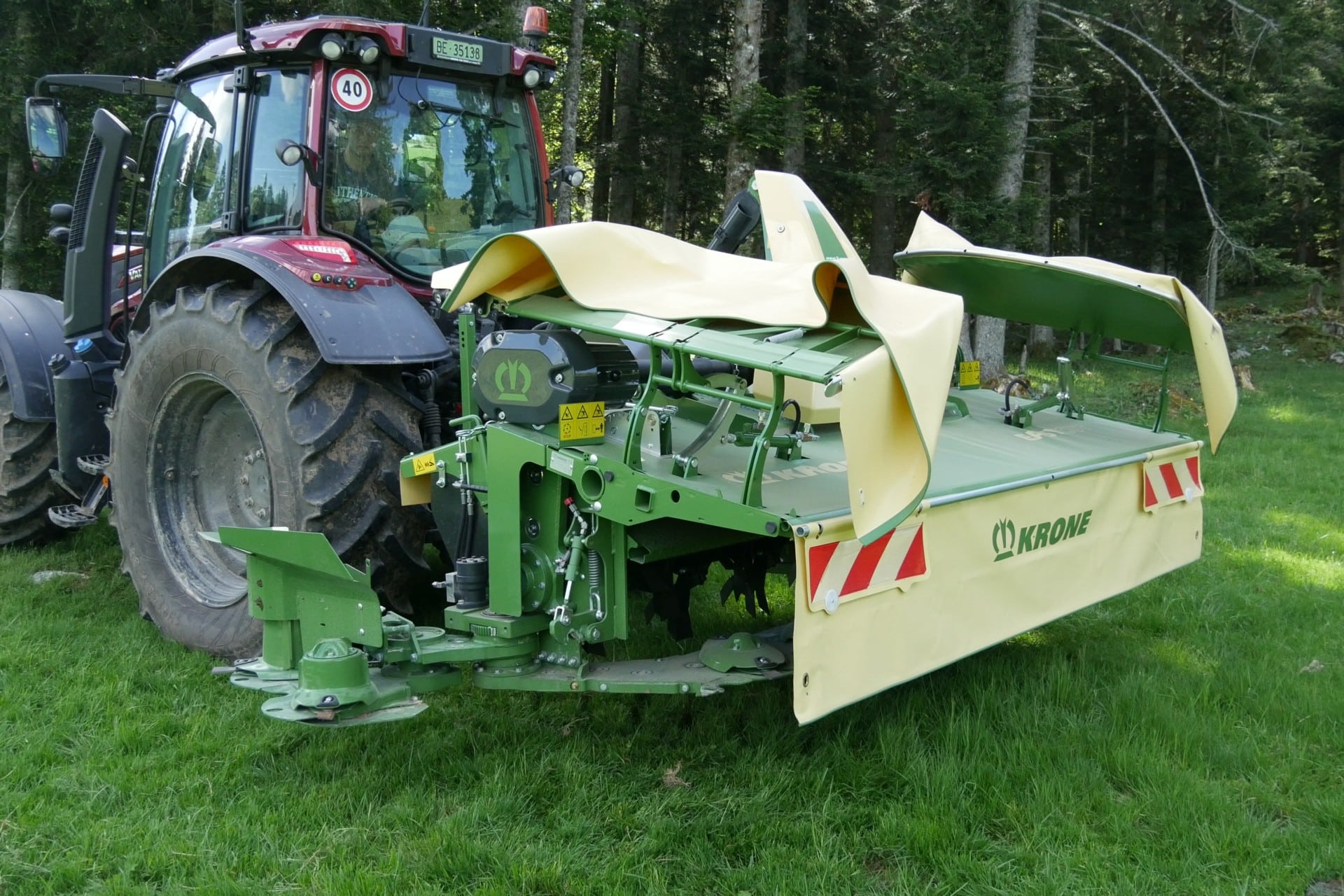

The Scandinavian currencies were mutually exchangeable at par until 1914 with the suspension of the gold standard due to World War I. In doing so, Norway joined the Scandinavian Monetary Union, which had been established in 1873. The krone was introduced in 1875, replacing the Norwegian speciedaler/spesidaler at a rate of 4 kroner = 1 speciedaler. G.' means that 124 pieces gave one kilogram of pure gold. This is due to considerably higher taxes and fees on tobacco and alcohol purchased domestically in Norway.

Money is spent mainly on food articles, alcohol, and tobacco, in that order, usually in bulk or large quantities. Border shopping is a fairly common practice amongst Norwegians, though it is seldom done on impulse. Norwegians spent 14.1 billion NOK on border shopping in 2015 compared to 10.5 billion NOK spent in 2010. The Norwegian krone is also informally accepted in many shops in Sweden and Finland that are close to the Norwegian border, and also in some shops in the Danish ferry ports of Hirtshals and Frederikshavn. The krone was the thirteenth-most-traded currency in the world by value in April 2010, down three positions from 2007. It is nominally subdivided into 100 øre, although the last coins denominated in øre were withdrawn in 2012.

Traditionally known as the Norwegian crown in English. The krone (, abbreviation: kr (also NKr for distinction) code: NOK), plural kroner, is currency of the Kingdom of Norway (including Svalbard).


 0 kommentar(er)
0 kommentar(er)
